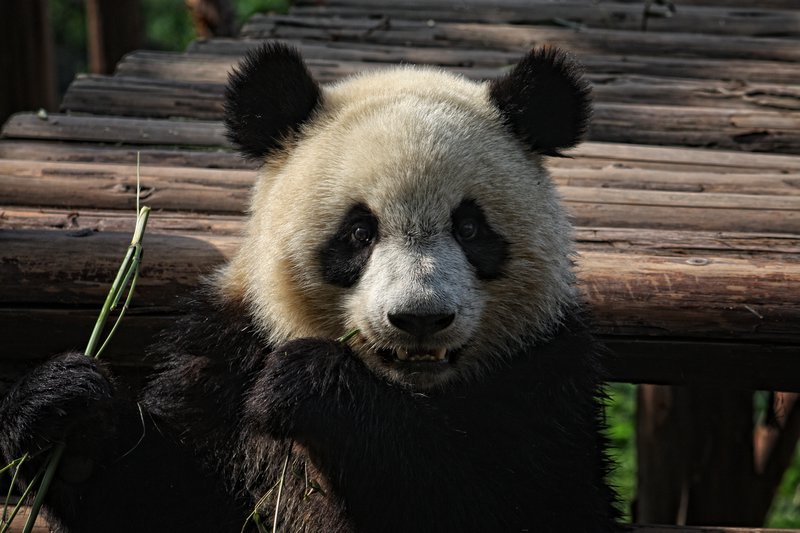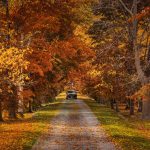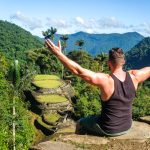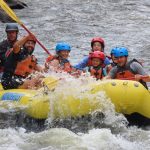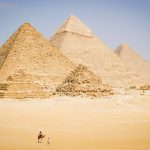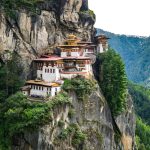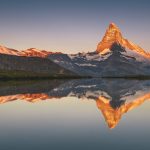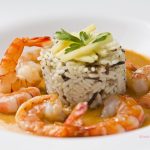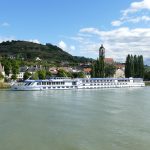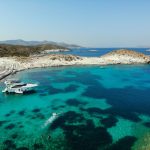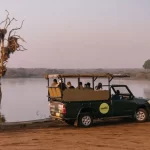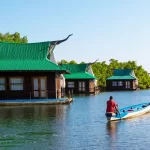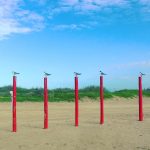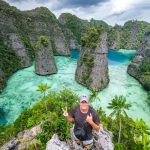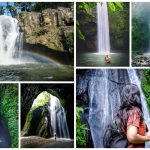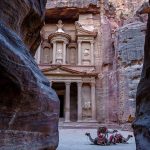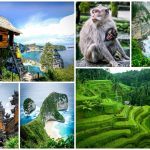When we finally made it to Chengdu, we thought we knew what to expect from pandas—cute, iconic, bamboo-munching celebrities of the animal kingdom. But what we didn’t expect was how strangely… bad they are at being animals.
Sure, pandas are amazing. They’re adorable, rare, and oddly huggable. But when it comes to two things most animals tend to be good at—eating and reproducing—they’re a bit of a disaster.
Let’s start with the diet. Pandas eat bamboo. Pretty much only bamboo. Which sounds fine until you learn that bamboo has almost no nutritional value. So pandas have to eat literal tons of it to stay alive. And the type of bamboo they like? It periodically dies off. So if the pandas can’t move to find more (say, because someone built a mega-city nearby), they starve. Evolution, huh?

Reproduction isn’t much better. The female is only fertile a couple of days a year and doesn’t show any clear signs of it. The male, bless him, has a tiny penis compared to the length of the female’s reproductive tract. And somehow, they’re supposed to figure this out without a guidebook or Google.
When cubs are born, they’re the tiniest newborns of any non-marsupial mammal—basically helpless jellybeans. First-time panda moms often struggle to care for them, especially on a low-energy bamboo diet. Captive breeding hasn’t solved the issue either; zoos have resorted to playing panda porn to encourage interest. Spoiler: it rarely works. Artificial insemination is now the go-to method.

Despite all this, the panda has somehow been around for millions of years. Maybe it was always on its way to extinction—just really, really slowly.
We learned all this at the Chengdu Panda Research Base, via a documentary that might’ve been a few years outdated but still left us fascinated. We didn’t see any newborns, but the grown-ups and juveniles were captivating. And yes, we also saw some red pandas—basically adorable little raccoons with better PR.
More Than Pandas: Chengdu and Beyond
While in Chengdu, we also made a trip to Leshan to visit the Giant Buddha—an enormous stone statue carved into a cliff during the Tang Dynasty. We arrived early enough to enjoy some quiet time before the tour buses arrived en masse. Climbing down to the base gave us an epic view of its size (and our own insignificance). The surrounding gardens were peaceful and made for a perfect morning escape.
From Chengdu, we booked soft-sleeper train tickets to Guilin—a comfy 25-hour journey that actually felt restful. Our main goal was to get to Yangshuo, but we squeezed in a visit to Seven Stars Park and the nearby Seven-Star Cave while in Guilin. Beautiful, yes—but nothing compared to the surreal karst peaks we were heading toward.

Yangshuo: Mountains, Memories, and Moon Hill
Yangshuo didn’t disappoint. A small town nestled among dramatic limestone peaks, it felt like something out of a painting. Our first evening we watched Impression Sanjie Liu, an open-air performance staged on the Li River, with 12 illuminated hills forming a magical backdrop. Hundreds of performers moved across the water in a mesmerizing show. Even our son Nate stayed awake the whole time (Gabe conked out halfway).
Next, we cruised down the Li River from Yangdi to Xingping. The scenery was breathtaking—like gliding through a dream. Once past the crowded tourist stretch near the 20 Yuan note view, the river became peaceful again. Xingping turned out to be charming and less commercial than Yangshuo, with better shopping and way better haggling margins.
We couldn’t leave without hiking at least one peak. Moon Hill was the choice, and although the weather wasn’t perfect (misty with a touch of drizzle), the short hike gave us a solid workout—and a sense of the area’s quiet majesty.

Wrapping Up in Nanning
From Yangshuo we caught a bus to Nanning, where we applied for our Vietnamese visas. With four days to spare, we took it easy—hanging out at the hostel and chatting with fellow travelers. A highlight was a day trip to a local hot spring resort. Being the only Westerners there, we got a lot of attention—especially the kids, who were stared at like tiny celebrities in a glass tank.
Once our visas arrived, we boarded a nine-hour bus to Hanoi. From here on, we planned to slow the pace and meander our way through Southeast Asia, soaking in every bit of the journey.



